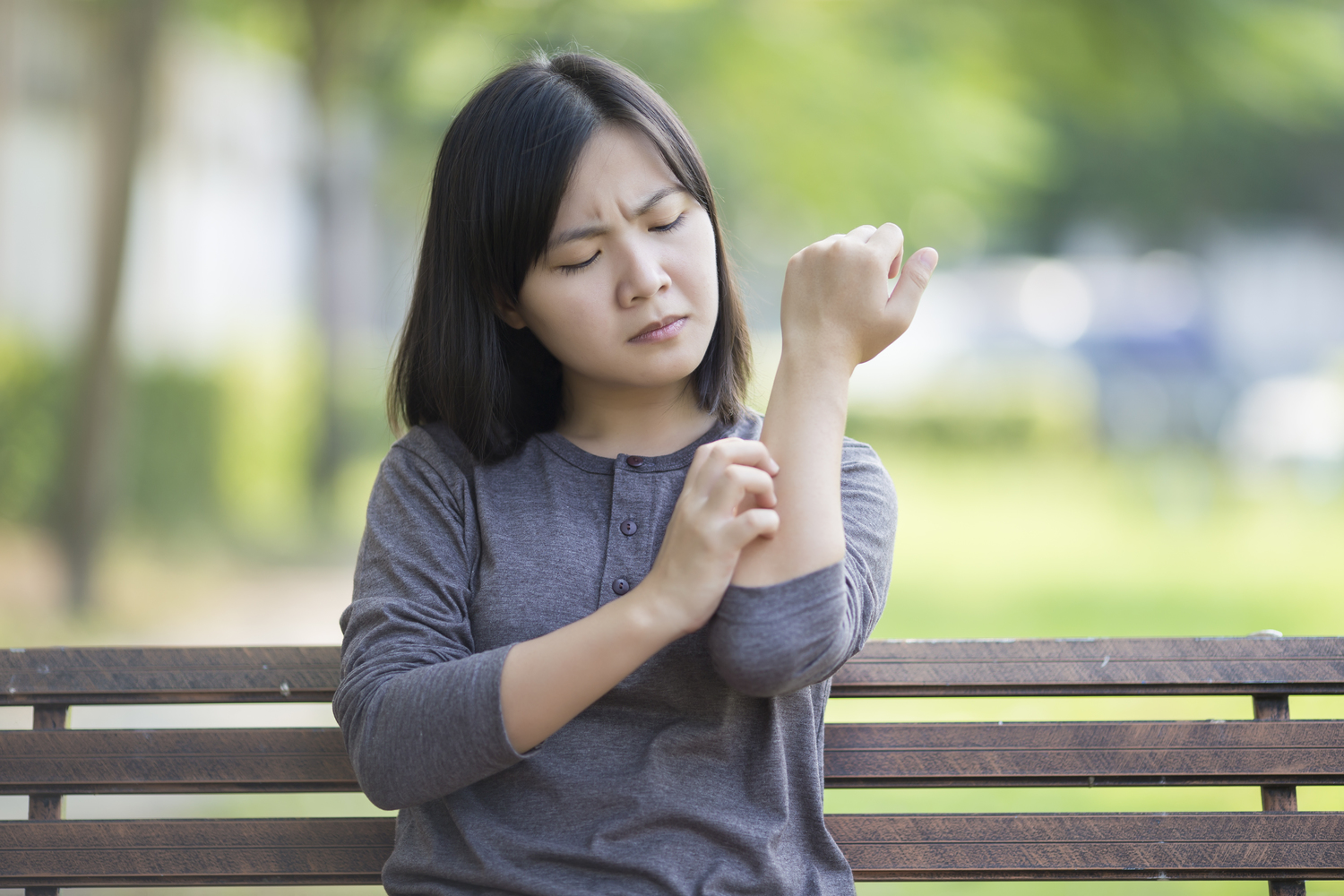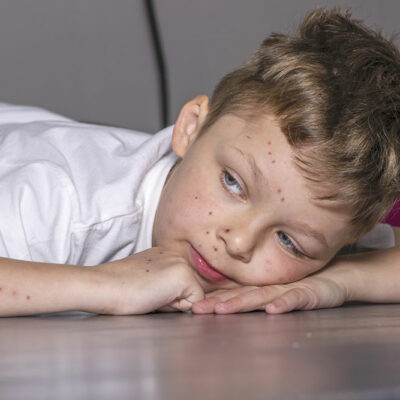
Diagnosis and treatment of seborrheic dermatitis
Seborrheic dermatitis is a skin ailment that is common in many individuals. It is a condition that primarily impacts the scalp. It results in scaly patches, excess dandruff, and reddish skin. This condition also impacts the oil-prone bodily regions like eyebrows, face, eyelids, sides of the nose, ears, and chest.
The other names for this condition are seborrheic psoriasis, dandruff, and seborrheic eczema. In babies, it is referred to as cradle cap where scaly and crusty patches are present on the scalp.
What are the signs?
Symptoms of the condition include flaking or/and greasy patches of the skin, eyebrows, mustache, hair or beard, armpits, groin, chest or under the breasts, red skin, and itchiness.
Seborrheic dermatitis may be caused due to malassezia, yeast that is responsible for secretion of oil on the skin, or it could be an unusual response of your body’s defense system.
Diagnosis
The doctor will examine the skin by scraping off the cells of the skin. Then he or she may send these skin cells for biopsy to eliminate the chance of other identical conditions as seborrheic dermatitis.
Conditions that can be similar to seborrheic dermatitis:
Psoriasis – This disorder will result in more scales that are silvery white in color. It is accompanied by red skin and dandruff with flaking.
Tinea versicolor – One can see rash that is not red as in seborrheic dermatitis, on the trunk and shoulders.
Atopic dermatitis (eczema) – This results in swollen and itchy skin within elbow folds, front side of the neck, or backside of the knee. It can recur.
Rosacea – It appears on the face, and one can see little scales.
Treatment
Primary treatments for this condition are creams, medicated shampoos, and lotions. But before prescribing, the doctor may suggest you certain over the counter dandruff shampoos or home remedies. If they do not help in recovering, then a prescription is given.
These prescribed shampoos, ointments, and creams control swelling of the skin.
- Corticosteroids that are generally recommended to be applied on the scalp or the impacted region are desonide (Desowen, Desonate), fluocinolone (Capex, Synalar), hydrocortisone, and clobetasol (Clobex, Cormax). These are safe and easy to use; however, one should use them sparingly. Use them consistently over the prescribed time as it results in certain side effects such as skin streaking, skin lining, or skin thinning.
- Pimecrolimus (Elidel) or calcineurin inhibitors tacrolimus (Protopic) containing creams or lotions are efficient and also come with lesser side effects as compared to corticosteroids. However, they are not prescribed initially as there is a concern that they may be associated with cancer. They are costly as well.
- Medications and shampoos, antifungal gels, or creams are used alternatively in certain cases based on the severity of the condition on the area. Ciclopirox 1% or Ketoconazole 2% (Nizoral) may be prescribed for alternate use.
- Pills that are antifungal may also be prescribed when topical applications do not help.
Seborrheic dermatitis usually goes away without any treatment. But there may be cases where repetitive treatments may be needed for the signs to go away as they tend to appear again and again. This can be avoided to a certain extent by cleaning your body every day with a gentle shampoo or soap. This shall minimize the dead skin accumulation and oiliness of the area.


